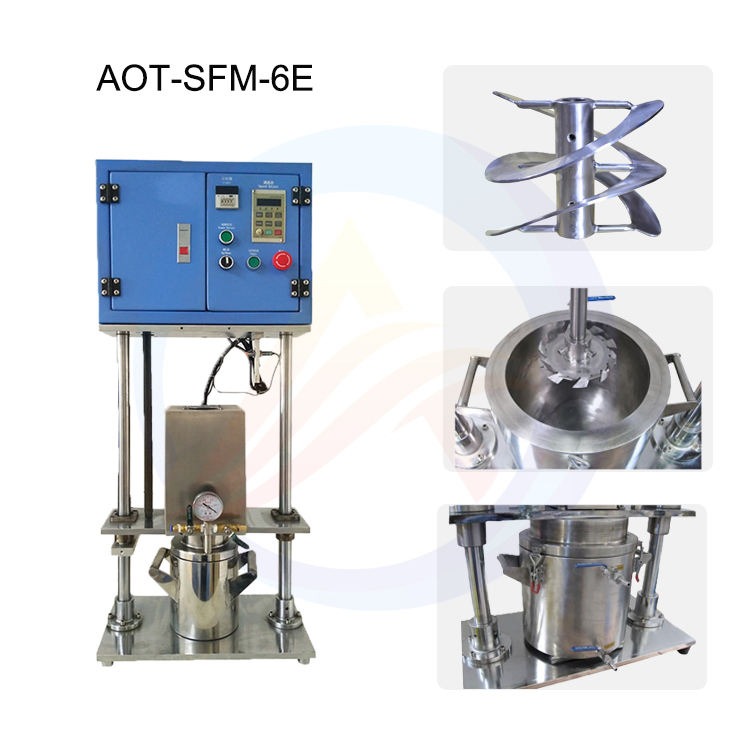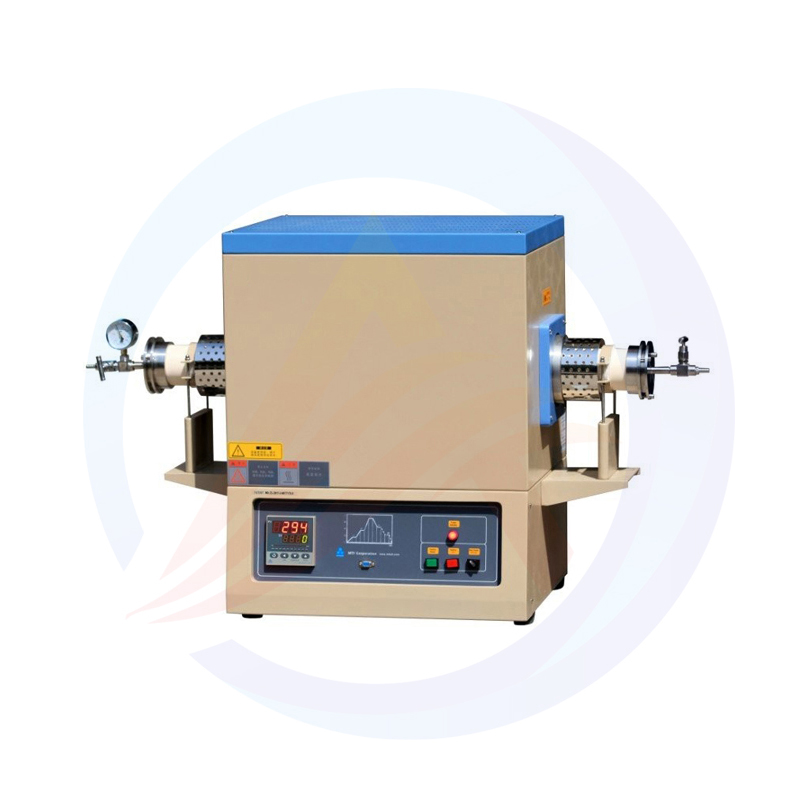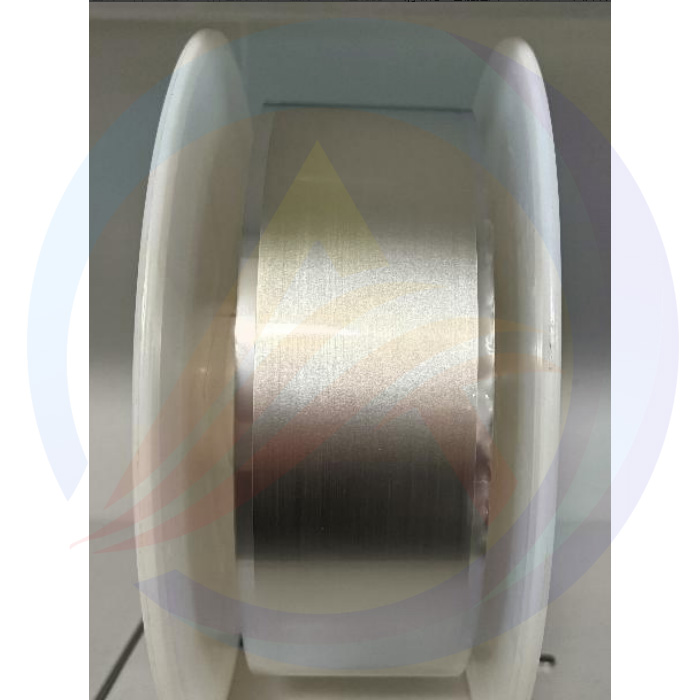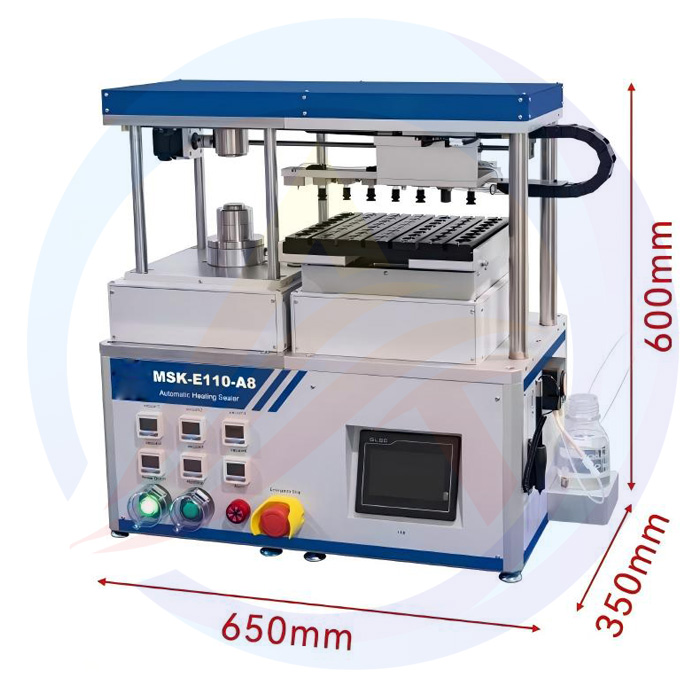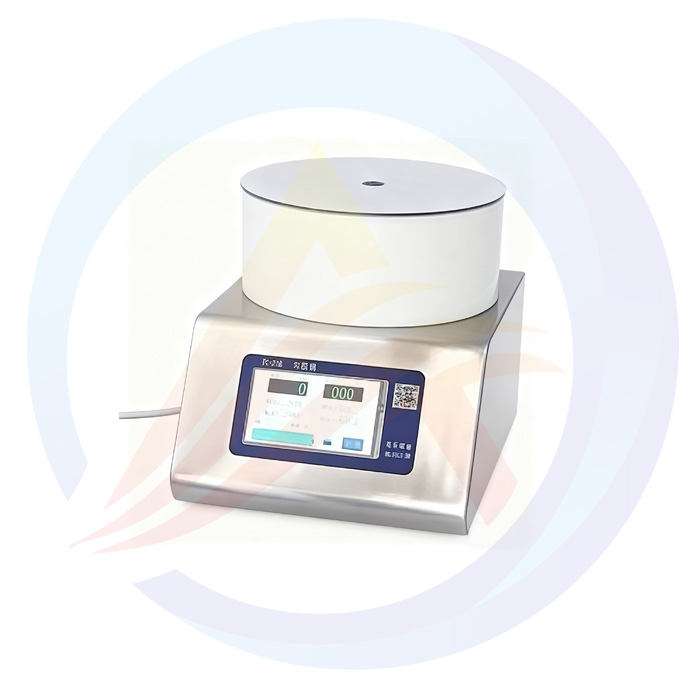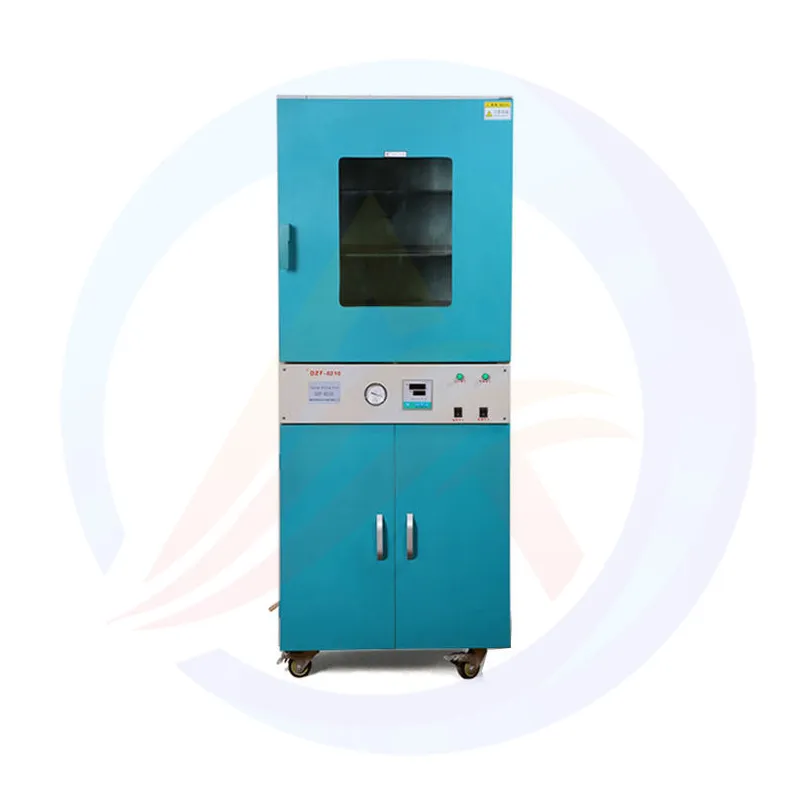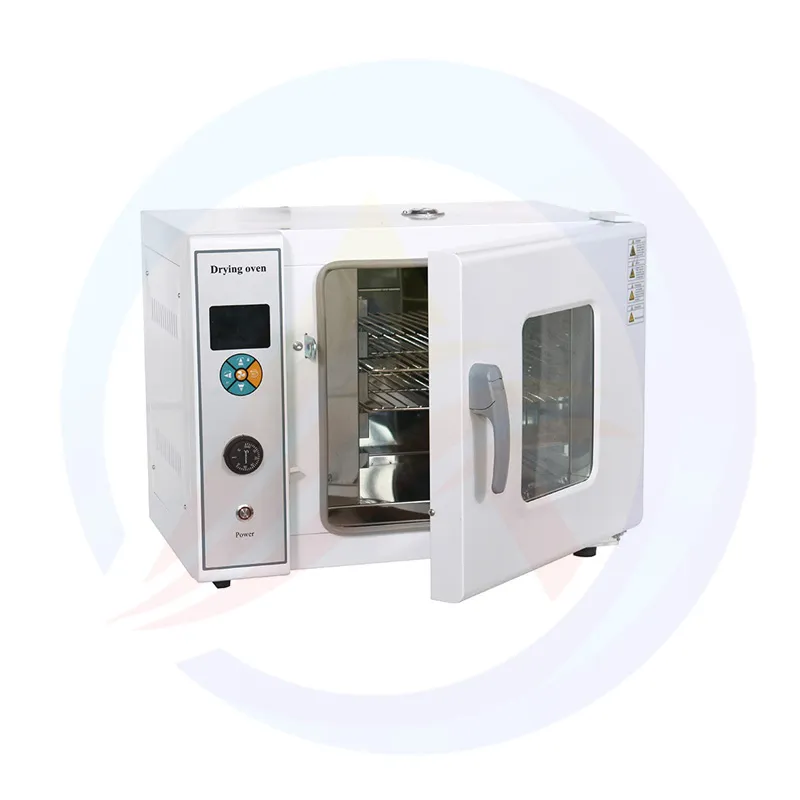In the electric vehicles and mobile phone batteries we use daily, as well as in the energy storage power stations, lithium batteries are the core components. However, many people are unaware that to create a good and safe lithium battery, a crucial device - the lithium battery drying oven - is indispensable. It looks like a "large drying oven", but its function is much more important than that of a regular drying oven. If the drying process is not done properly, the battery may have reduced capacity, shorter lifespan, or even pose safety risks. Today, from the perspective of actual production, let's talk about what this "large drying oven" does, how it works, and why it is so crucial to the quality of the battery.
First, let's understand why lithium batteries must be dried using an drying oven? The electrodes and separators in lithium batteries are particularly prone to "absorbing moisture" - just like cookies getting soft over time. When these parts absorb moisture, problems may arise during the battery assembly process. For example, if the slurry on the electrode is not thoroughly dried, it will cause the electrolyte to decompose when the battery is made, generating bubbles and leading to battery bulging and reduced storage capacity; even more seriously, moisture can trigger internal reactions, increasing the risk of overheating and fire in the battery.
Let's talk about how the drying oven "drives away" the moisture. It's not just a simple "baking" process; it's a series of precise procedures. First, the drying oven has heating devices that can maintain the temperature at a specific level - for example, 80-120°C when drying electrodes, and 120-180°C when drying cells. But just heating is not enough; the air also needs to "move". The fans in the drying oven will blow the heat to every corner to ensure that all parts are heated evenly and no part becomes dry while another part remains damp.
More importantly, some drying ovens also have a "vacuum extraction" function. Just like when we drink a beverage through a straw, by removing the air, the moisture is more likely to turn into water vapor and escape. For example, when processing cells, the drying oven's air will be first evacuated, and then heated. This can thoroughly remove the moisture deep within the parts. Moreover, the drying oven will also have a dehumidification device, similar to a home dehumidifier, to absorb the moisture from the air and prevent it from returning to the parts. Through this series of operations, the moisture in the battery parts can be reduced to within the standard range.
In different steps of battery production, the usage of the drying oven is also different. In the first step of making electrodes, the paste needs to be applied to the metal foil, and at this time, the drying oven must be used for drying. The paste contains solvents, and if not dried, the electrodes will not stick well, and there is a risk of debris falling off when rolling the battery. At this time, the drying oven must be "fast and uniform" - it needs to quickly dry the solvents to ensure production efficiency, and at the same time, ensure that every part of the electrode is dried evenly, otherwise the thickness of the electrode will be uneven, and the battery's storage capacity will also be affected.
After the electrodes are prepared and rolled into cells, they need to be placed in an drying oven. At this stage, the requirements are even stricter. A vacuum drying oven must be used to completely remove the moisture from the cells. Because after the cells are assembled, the next step is to inject the electrolyte. If there is moisture in the cells, the electrolyte will react with the moisture, damaging the battery performance. At this time, the temperature of the drying oven will be higher and the time will be longer. Sometimes it needs to be烘 for several hours to reduce the moisture to the lowest level.
Also, different types of batteries have different requirements for drying ovens. For instance, the common lithium iron phosphate batteries and lithium cobalt oxide batteries. The electrodes of lithium iron phosphate batteries are relatively easy to dry, so the drying oven temperature can be slightly lower. However, the electrodes of lithium cobalt oxide batteries are more sensitive and require more precise temperature control. A slightly higher temperature might affect the performance of the electrodes. Another example is for large-scale energy storage batteries. The cell size is large, so the drying oven needs to be larger as well. Special ventilation ducts need to be designed to ensure that the interior of the cell can also be dried.
Nowadays, with the development of battery technology, drying ovens are also being upgraded. In the past, workers had to frequently check the temperature and humidity of the drying ovens. But now, drying ovens come equipped with intelligent systems, and the data can be displayed on the screen in real time. If the temperature exceeds the limit, an automatic alarm will be triggered. Some factories can even control the drying ovens remotely via computers, eliminating the need to stay by their sides all the time. Moreover, the current drying ovens are more energy-efficient. For instance, they use better insulation materials, making it difficult for heat to escape, and they can also recycle the expelled hot air for reuse, thereby reducing production costs.
Perhaps some people think that an drying oven is just a heating device? Actually, it's not. It's like the "quality inspector" in battery production. If the drying process is not done properly, no matter how well the batteries are assembled later, the quality of the batteries won't improve. For example, a certain battery factory once had problems because the temperature of the drying oven was uneven, resulting in an excessive moisture content in the electrodes after drying. Eventually, all of these batteries were scrapped, causing significant losses. Therefore, nowadays, regular battery factories will conduct regular inspections of the drying ovens, such as using instruments to measure the temperature at each point in the drying oven to check if it is uniform, and also calibrate the humidity and vacuum levels to ensure the equipment operates normally.
In summary, although the lithium battery drying oven may seem insignificant, it is an indispensable equipment in battery production. It precisely controls the moisture in the battery components through precise heating, air supply, vacuum extraction, and dehumidification, ensuring that the batteries have a longer lifespan, better storage capacity, and are safer. With the development of the electric vehicle and energy storage industries, the requirements for battery quality will be higher, and the drying ovens will become more intelligent and precise, safeguarding our use of better lithium batteries.



